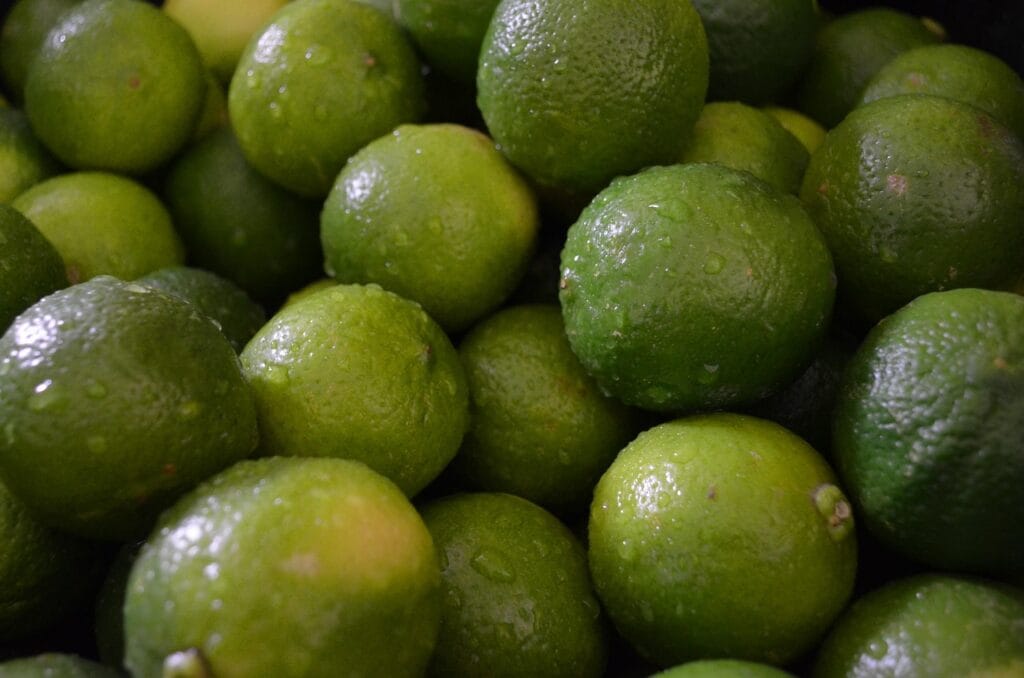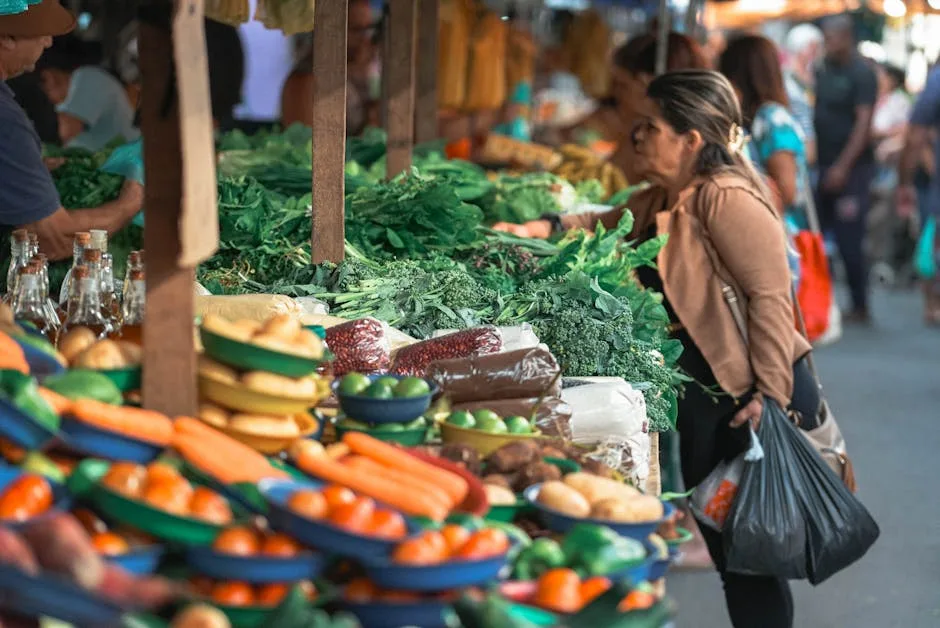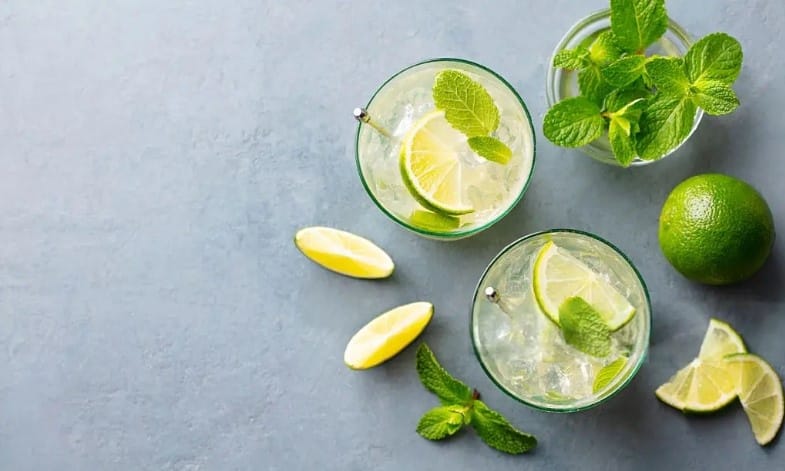
The Origins of Caipirinha
The caipirinha, Brazil’s national cocktail, embodies the rich flavors and vibrant culture of the country. Its roots trace back to Brazil’s colonial period, where sugarcane was introduced to the region by Portuguese settlers in the 16th century. The local population quickly adapted this ingredient, leading to the development of various rum-like spirits made from fermented sugarcane juice; among these was cachaça, the primary alcohol used in caipirinhas today.
Initially, caipirinha served a medicinal purpose. It was believed that mixing cachaça with lime and sugar helped alleviate ailments. As the years progressed, the drink evolved from a folk remedy into a popular social beverage. While the caipirinha’s exact origins are somewhat murky, it is widely accepted that it originated in the rural areas of São Paulo state, where locals would prepare the cocktail using fresh limes, sugar, and cachaça.
Throughout the years, the caipirinha has experienced many regional variations, showcasing Brazil’s diverse culinary landscape. In Bahia, for example, some locals prefer adding tropical fruits like passion fruit or mango to the mix, leading to a more varied flavor profile. Meanwhile, in the southern regions, the drink may be sweetened with different types of sugar or even combined with fresh herbs. These adaptations are a testament to the caipirinha’s versatility and the creativity of Brazilian bartenders and home mixologists alike.
As Brazil gained recognition on the international stage, so too did the caipirinha, becoming a symbol of the country’s gastronomic tourism. This cocktail’s unique fusion of sweet, tart, and potent flavors captures the essence of Brazil, making it a must-try for visitors seeking an authentic taste of Brazilian culture. The caipirinha not only tells the story of Brazil’s historical evolution but also reflects its ongoing journey as a premier destination for culinary exploration.
Ingredients and Preparation
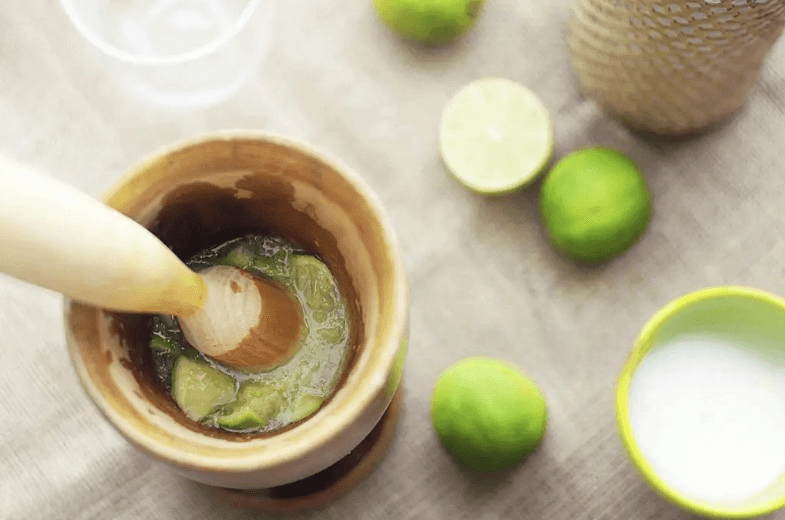
The caipirinha, Brazil’s iconic cocktail, is celebrated not only for its refreshing taste but also for its simplicity. The essential ingredients for an authentic caipirinha include cachaça, fresh lime, sugar, and ice. Each of these elements plays a crucial role in creating the perfect balance of flavors that defines this beloved drink.
Cachaça is a Brazilian spirit made from fermented sugarcane juice. Its unique flavor profile is integral to the caipirinha, and selecting a high-quality cachaça enhances the cocktail’s overall experience. Various brands offer different tasting notes, making it worthwhile to experiment with different options to find a preferred taste. Fresh limes should be used, as their zestiness adds vibrancy. When selecting limes, opt for those that are firm and fragrant to ensure the best juice yield.
For sweetness, granulated sugar is traditionally used. While some prefer to use simple syrup for ease of mixing, granulated sugar contributes to the cocktail’s authenticity. It is advisable to use a sugar that dissolves well and complements the tartness of the limes. Lastly, ice, preferably crushed or large cubes, is important for diluting the drink while keeping it chilled.
To prepare an authentic caipirinha, start by cutting the lime into four wedges and placing them in a sturdy glass. Add about two teaspoons of sugar over the lime, and gently muddle the mixture with a muddler or the back of a spoon. This process releases the lime juice and dissolves the sugar. Next, fill the glass with ice and pour in 2 ounces of cachaça. Stir gently to mix the ingredients well. The final step is to taste, adjusting the sugar or lime as needed to achieve an optimal flavor balance.
Incorporating these high-quality ingredients and careful preparation methods into the caipirinha-making process not only respects Brazilian culinary traditions but also offers an authentic taste of Brazil’s rich gastronomic culture.
Caipirinha in Brazilian Gastronomic Tourism
The caipirinha, Brazil’s iconic cocktail, plays a significant role in the nation’s gastronomic tourism, serving as a delightful introduction to its rich culinary landscape. This refreshing drink, made primarily with cachaça, sugar, and lime, is not just a beverage; it is an experience that embodies Brazil’s vibrant culture and festive spirit. Various regions across Brazil celebrate the caipirinha through local festivals, bars, and restaurants, making it a focal point for both tourists and locals alike.
In cities like Rio de Janeiro and São Paulo, the caipirinha is prominently featured on drink menus in numerous establishments, ranging from upscale restaurants to casual beachside bars. The vibrant nightlife and dining scene in these urban centers provides visitors with opportunities to explore diverse interpretations of the classic drink. Many establishments take pride in creating unique variations, using fruits such as passion fruit, mango, or strawberry to enhance the traditional recipe, showcasing local ingredients and creativity.
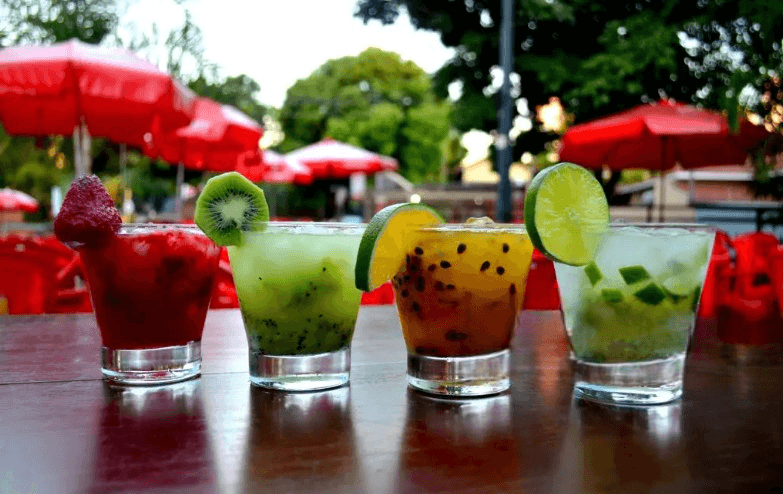
In addition to enjoying caipirinhas in bars and restaurants, visitors can partake in specialized tasting tours and workshops focused on this celebrated cocktail. These immersive experiences allow tourists to engage deeply with the art of caipirinha preparation, guided by knowledgeable bartenders and mixologists who offer insights into the history, variations, and cultural significance of this drink. Such activities not only enhance the tasting experience but also enrich the understanding of Brazilian traditions and culinary practices associated with this beverage.
Regional festivals celebrating caipirinha, particularly during the summer months, attract numerous visitors each year. These events highlight not only the drink itself but also the music, dance, and gastronomy unique to Brazilian culture. As a result, caipirinha acts as both a beverage and a bridge, connecting tourists to the heart of Brazil’s gastronomic and cultural heritage. Whether through trying local variations or participating in workshops, the caipirinha serves as an invitation for tourists to explore the diverse offerings of Brazilian culinary tourism.
Pairing Caipirinha with Brazilian Cuisine
Caipirinha, Brazil’s iconic cocktail, is not only a refreshing drink but also an exceptional companion to various traditional Brazilian dishes. Its vibrant combination of cachaça, sugar, and lime creates a perfect backdrop for the rich and diverse flavors found in Brazilian cuisine. When considering food pairings, understanding how beverages can complement dishes enhances the overall dining experience.
One of the most delightful pairings of caipirinha is with seafood dishes, particularly those found along Brazil’s extensive coast. For instance, ceviche made with fresh fish, lime juice, and cilantro resonates well with caipirinha’s citrusy notes. The acidity from both the ceviche and the cocktail typically elevates the meal by creating a harmonious balance, ultimately allowing the delicate flavors of the seafood to shine through.
In addition, grilled meats, known locally as “churrasco,” serve as another wonderful pairing with caipirinha. The bold flavors of skewered and marinated meats such as beef, chicken, or pork complement the cocktail’s refreshing sweetness. The smoky char from the grill and the tanginess of the lime in the caipirinha unite to create a tantalizing sensory experience that echoes the heart of Brazilian cuisine.
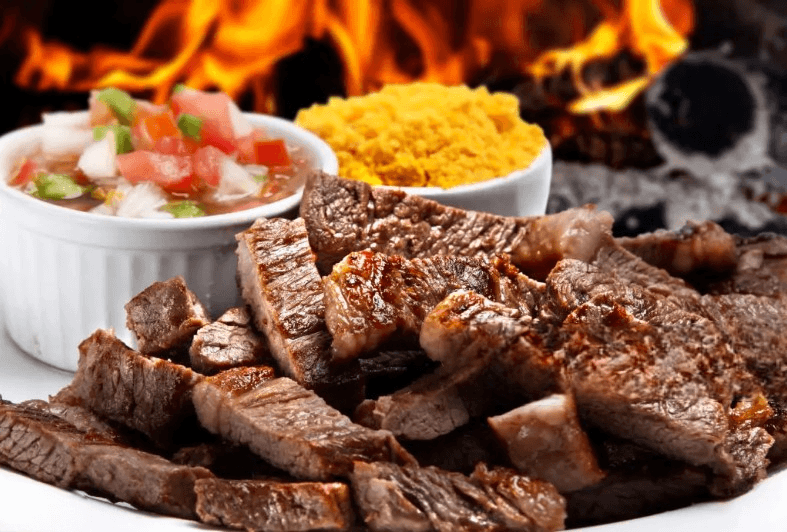
Street food also presents an exciting opportunity for pairing. Popular snacks such as “coxinha” (chicken croquettes) and “pão de queijo” (cheese bread) work remarkably well with caipirinha. The richness of these savory treats contrasted with the acidity and sweetness of the drink provides a satisfying contrast that embodies the essence of Brazilian gastronomy.
Ultimately, exploring the relationship between food and drink in Brazil encourages a deeper appreciation of its culinary offerings. Caipirinha, with its versatile and complementary flavors, plays a significant role in this dynamic interplay, underscoring the importance of context in gastronomic tourism. Engaging with local dishes while enjoying a well-crafted caipirinha will undoubtedly enhance one’s culinary journey through Brazil.

